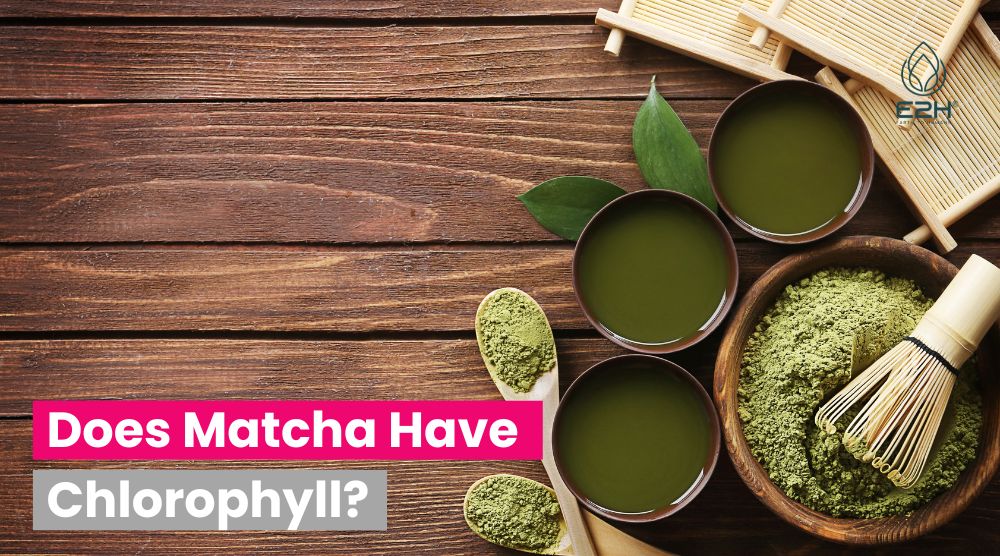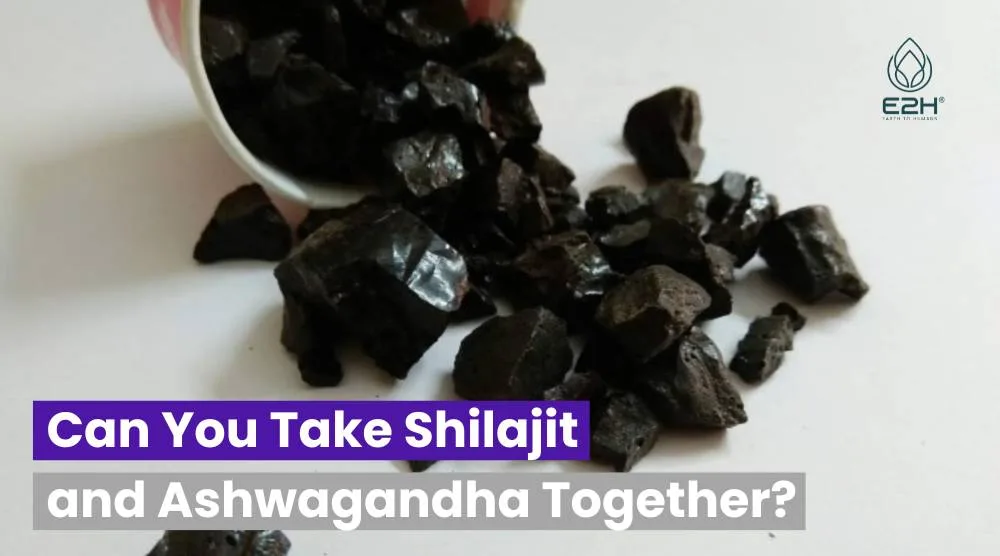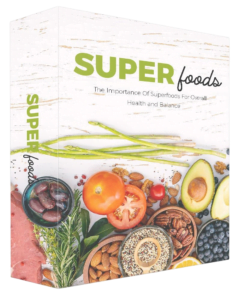Does matcha have chlorophyll: Yes, matcha contains a high concentration of chlorophyll, which is one of the many health-promoting compounds found in this nutrient-dense tea.
What is Chlorophyll?
Chlorophyll is a green pigment found in plants that plays a crucial role in the process of photosynthesis. It is responsible for the absorption of light energy and the conversion of carbon dioxide and water into oxygen and glucose. Chlorophyll has several health benefits, health properties including detoxification, anti-inflammatory, and anti-cancer and powerful antioxidant properties. Chlorophyll is available in various forms such as liquid, powder, and capsules for different applications like supplements and food coloring.
What is Matcha?
Matcha is a type of green tea that is finely ground into a powder. It is made from the leaves of Camellia sinensis, the same plant used to make tea plants make green tea. . Matcha green tea has gained popularity for its unique taste and potential health benefits, including high levels of antioxidants, chlorophyll, and other nutrients.
Does Matcha Have Chlorophyll?
Yes, drinking matcha tea or green tea does contain chlorophyll. In fact, one of the distinguishing characteristics of drinking matcha tea or powdered green tea is its bright green color, which is due to the high levels of chlorophyll content in the tea leaves.
Chlorophyll is a pigment found in plants that plays a critical role in photosynthesis. It is responsible for the absorption of light energy and the conversion of carbon dioxide and water into oxygen and glucose. In addition to its important role in plant growth and development, chlorophyll has several potential health benefits for humans.
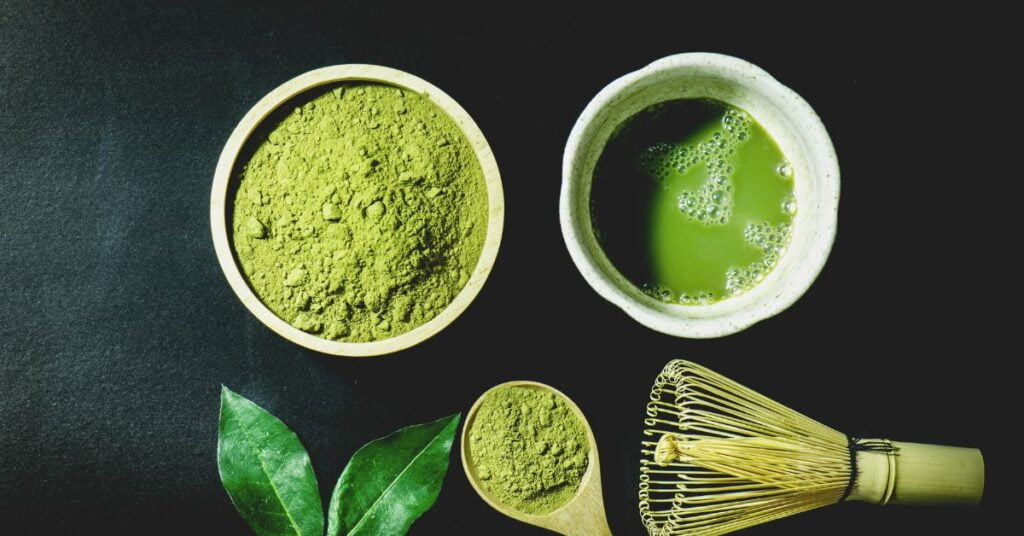
Some studies have suggested that chlorophyll may help to detoxify the body, support healthy digestion boost metabolism, for weight loss and have anti-inflammatory and anti-cancer properties. Additionally, because matcha is made from the whole tea leaf, rather than just steeping the leaves in water, it contains a higher concentration of chlorophyll and other nutrients compared to traditional green tea.
Overall, matcha’s high chlorophyll content potent antioxidants, along with powerful antioxidant along with its other beneficial compounds, makes it a popular choice among health enthusiasts and tea lovers alike.
Why is Chlorophyll Important?
Chlorophyll is important for human nutrition because it is the pigment responsible for the absorption of light energy in plants, which is essential for the process of photosynthesis. This process enables plants to convert carbon dioxide and water into oxygen and glucose, which is the foundation of the food chain. Additionally, chlorophyll has several potential health benefits for humans, including detoxification, anti-inflammatory, and anti-cancer properties. It is also a rich source of nutrients, including vitamins and minerals.
Is matcha a good source of chlorophyll?
Yes, matcha is an excellent source of chlorophyll. In fact, one of the defining characteristics of matcha is its vibrant green color, which is due to the high concentration of chlorophyll in the tea leaves. Because matcha is made by grinding whole tea leaves into a fine powder, it contains a much higher concentration of chlorophyll compared to traditional green tea, which is made by steeping the leaves in water. Chlorophyll has several potential health- benefits of drinking matcha, including detoxification, antioxidant effects anti-inflammatory, and anti-cancer properties, making matcha a popular choice among health enthusiasts.
Is there chlorophyll in matcha powder?
Yes, there is chlorophyll in matcha powder. Matcha powder is made by grinding high-quality green tea leaves into a fine powder, which is then mixed with hot water to create a frothy and delicious tea. Because matcha powder is made from the whole tea leaf, it contains a much higher concentration of chlorophyll compared to traditional green tea, which is made by steeping the leaves in water. The high concentration of chlorophyll in the whole matcha tea leaves and matcha powder is what gives the tea its vibrant green color and potential health benefits.

What is chlorophyll with matcha good for?
Chlorophyll is an important compound found in matcha that offers several potential health benefits. It has been shown to have anti-inflammatory and anti-cancer properties and may also support healthy digestion, which promotes weight loss and detoxification.
Additionally, chlorophyll is a rich source of antioxidants, which can help to protect the body against oxidative stress and free radical damage. Matcha’s high concentration of chlorophyll makes it a potent source of these health-promoting and powerful antioxidant, compounds too, which is one of the reasons why it has gained popularity among health enthusiasts. Overall, consuming matcha on a regular basis may help to boost metabolism support overall health, weight loss and well-being.
Which tea has the most chlorophyll?
Matcha green tea has the highest concentration of chlorophyll compared to other types of green tea beverages. This is because matcha green tea is made by grinding the entire tea leaf into a fine powder, rather than steeping the leaves in water like other types of green tea beverages. The grinding process results in a higher concentration of chlorophyll and other nutrients in the final product.
In contrast, traditional green tea is made by steeping the leaves in hot water, which results in a lower concentration of chlorophyll. While other types of tea, such as black tea and white tea, may also contain chlorophyll, their levels are generally lower than in matcha green tea or powdered green tea above.
Why is quality matcha so brightly green colored?
The high-quality matcha is so brightly green colored due to its high concentration of chlorophyll. the high quality Matcha powder is made from the shade-grown tea leaves, which are carefully selected and harvested by hand. The leaves are then steamed, dried, and ground into a fine powder. Because the leaves way matcha are shaded from the sun for several weeks before harvest, they produce more chlorophyll as a defense mechanism.
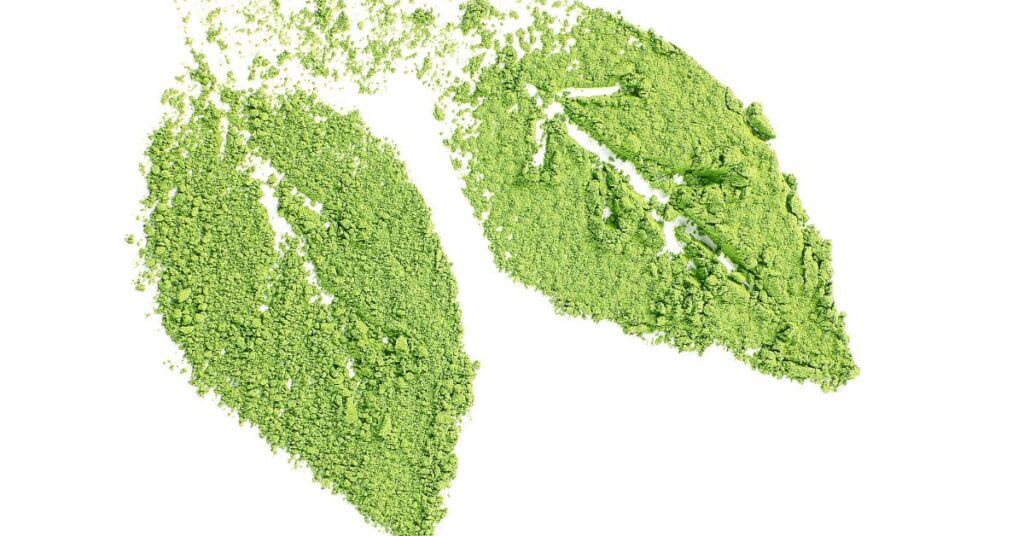
This high concentration of chlorophyll gives loose leaf of the very high quality matcha powder its vibrant green color. Additionally, high-quality matcha powder is made from the youngest and tenderest tea leaves, which also its chlorophyll content contributes to the benefits of matcha in its bright green color and rich flavor.
What’s the greenest matcha tea powder for chlorophyll supplementation?
When it comes to the greenest matcha tea powder for chlorophyll supplementation, the highest quality ceremonial grade) matcha tea powder is the best choice. This type of high quality ceremonial grade matcha powder tea powder is made from the youngest and tenderest tea leaves, which are shade-grown for several weeks before harvest. This results in a higher concentration of chlorophyll and other nutrients, as well as a more vibrant green color.
Ceremonial ceremonial grade matcha tea powder is also made from the finest tea leaves, which are carefully harvested and ground into a fine powder. This ceremonial grade matcha tea powder makes it the best choice for those looking to maximize their intake of chlorophyll and other health-promoting compounds found in the matcha tea itself.
What is matcha green tea, and how is it different from regular green tea?
Matcha green tea is a type of Japanese green tea that is made from shade-grown tea leaves, which are carefully harvested and ground into a fine powder. Unlike regular green tea, which is made by steeping tea leaves in water, matcha green tea is consumed in its entirety, with the powdered benefits of matcha green tea and leaves mixed directly into water or other liquids.
This results drink matcha green tea as being in a higher concentration of nutrients, including antioxidants and chlorophyll, compared to traditional green tea. Additionally, matcha green tea has a unique umami flavor and a creamy texture, which is distinct from other green teas and the more astringent flavor of regular green tea.
What is Chlorophyll good for? Nutrients and Antioxidants in Chlorophyll?
Chlorophyll is a nutrient-rich compound that offers several potential health benefits. It is a rich source of antioxidants, which can help to protect the body against oxidative stress and free radical damage. Additionally, chlorophyll has anti-inflammatory and anti-cancer properties and may support healthy digestion and detoxification in human body.
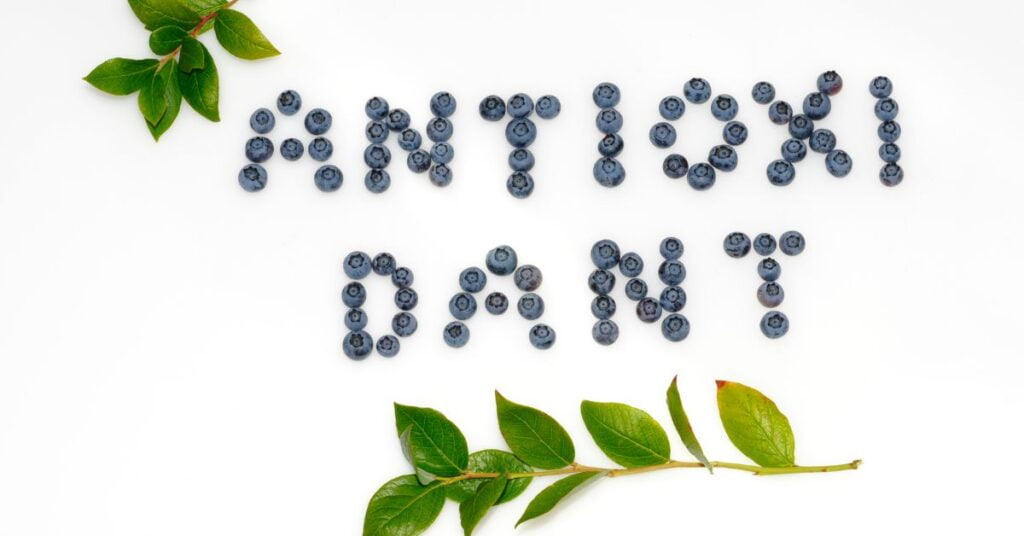
Chlorophyll is also a good source of vitamins A, C, E, and K, as well as minerals like magnesium, iron, and potassium. These nutrients are essential for maintaining overall health and well-being and healthy lifestyle, and consuming foods rich in chlorophyll, such plant foods as matcha green tea and leafy green vegetables, can help to support optimal health.
What’s the best source of natural chlorophyll?
Leafy green vegetables are the best source of natural chlorophyll. This includes vegetables like spinach, kale, collard greens, Swiss chard, and parsley, among others. These vegetables are also rich in other important nutrients, including vitamins, minerals, and natural antioxidants too, making them an excellent choice for supporting overall health and well-being and healthy diet.
Other foods with good sources of chlorophyll include algae, such as spirulina and chlorella, as well as certain herbs, like mint and cilantro. Drinking matcha green tea is also an excellent way to increase your intake of chlorophyll and other health-promoting compounds, as it contains a high concentration of this nutrient.
Can green tea leaves be reused for multiple steepings, and how many times can I steep them before they lose their flavor and health benefits?
Green tea leaves can often be reused for multiple steepings, depending on the quality of the leaves and the desired strength of the tea. High-quality green tea leaves can typically be steeped two to three times before losing their flavor and health benefits. When reusing green tea leaves, it’s important to adjust the steeping time and water temperature accordingly to avoid over-extracting the tea, which can lead to a bitter taste. Additionally, be sure to store the leaves properly in between steepings to prevent moisture and flavor loss. Overall, reusing green tea leaves can be a cost-effective and sustainable way to enjoy the health benefits and flavor of green tea.
Chlorophyll Matcha Latte Recipe
FAQs
Is drinking matcha tea any healthier than green tea?
Yes, the matcha green tea is considered to be healthier than regular green tea as it contains higher amounts of antioxidants dietary fiber potent antioxidants, chlorophyll, and other nutrients.
Can matcha cause side effects?
Matcha is generally considered safe for consumption. However, excessive consumption of matcha can cause side effects such as insomnia, anxiety, and stomach upset due to its high caffeine content.
How does matcha helps how can I incorporate all the benefits, of drinking matcha, into my healthy lifestyle and diet?
Matcha can be consumed in several ways such as adding it to smoothies other teas, lattes, or baking recipes. You can also make matcha helps drink it as a traditional tea by whisking the powder with hot water.
Conclusion
Matcha is a popular type of green tea that contains high amounts of chlorophyll. Chlorophyll has several health benefits such as detoxification boost metabolism, anti-inflammatory, anti-cancer, and digestive health among other foods. Incorporating matcha into your diet can be a great way to reap all the many benefits of matcha because the benefits of matcha are its chlorophyll content and other nutrients. However, it is important to consume matcha in moderation and to consult your doctor if you have any underlying health conditions.
His research and writing have been featured in numerous publications, and he is dedicated to helping people understand the importance of these vital nutrients in maintaining optimal health. If you're looking to improve your well-being through diet and nutrition, Christopher is the expert to turn to.
- Can I Take Maca and Ashwagandha Together: YES! - January 7, 2024
- Can You Take Ashwagandha And Liquid Chlorophyll Together: YES! - January 7, 2024
- Can You Take Shilajit and Ashwagandha Together? - January 7, 2024


